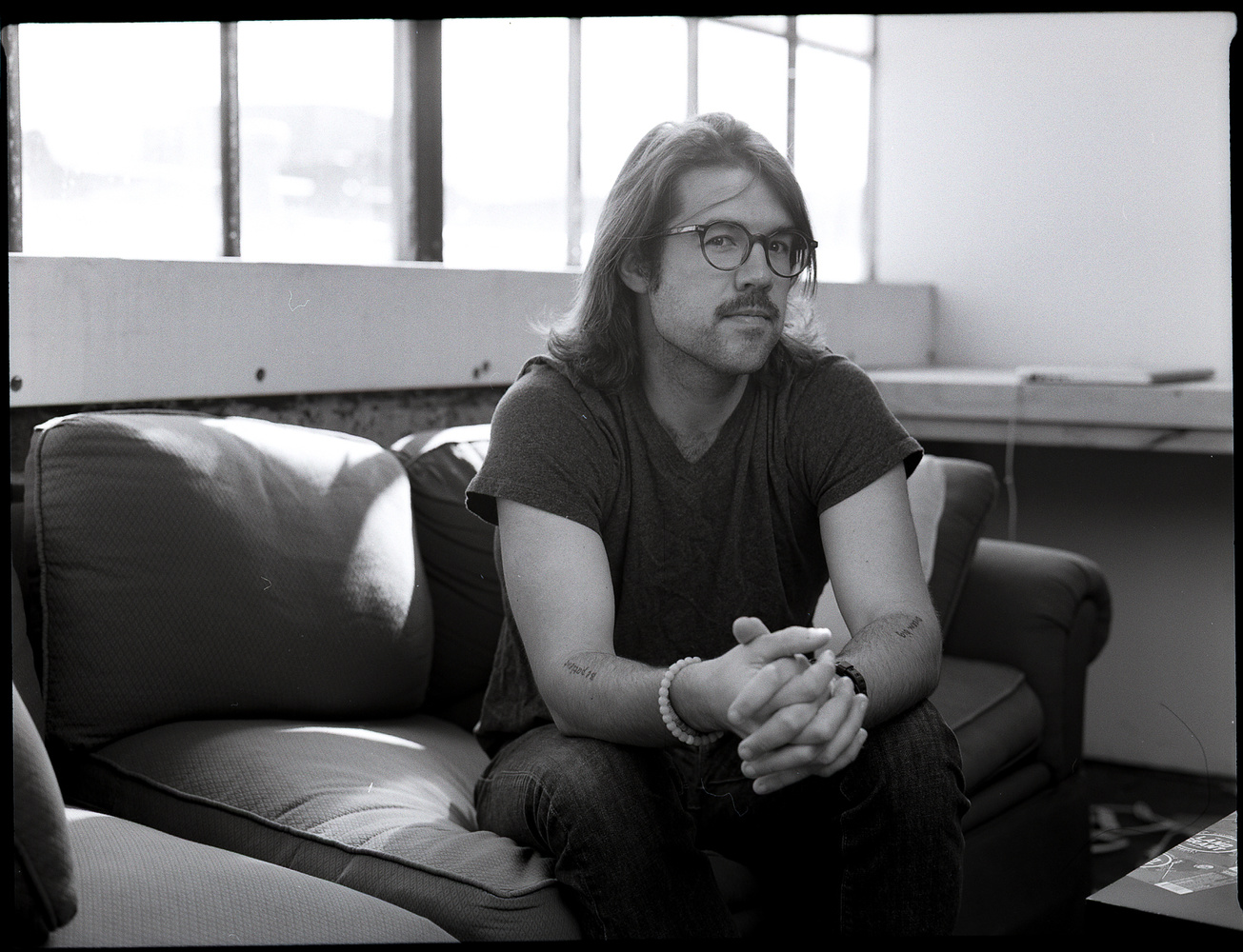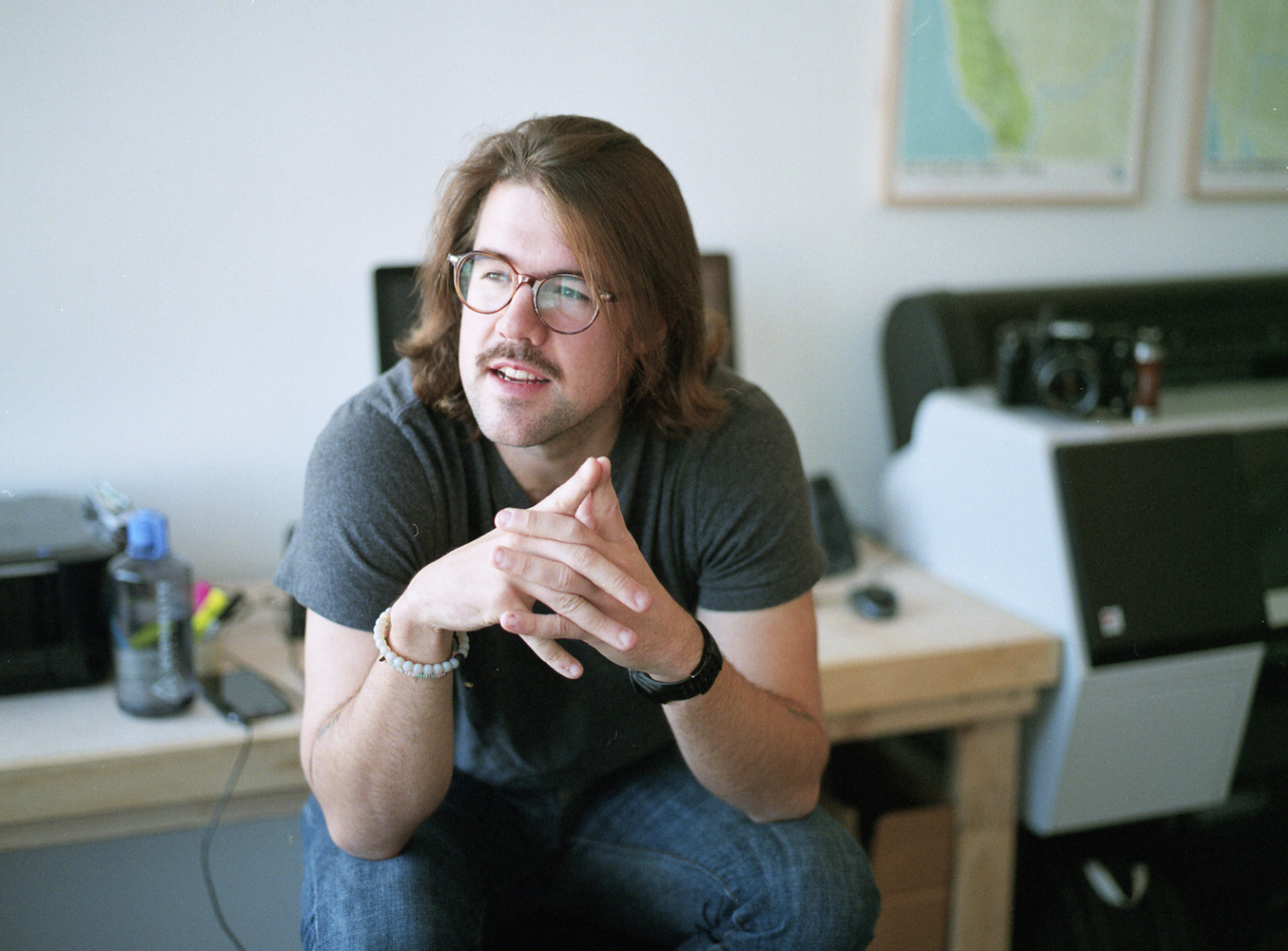There’s no phrase I dislike more in the photo world than "I’m a natural light photographer." Believe me, I love natural light more than anything. It’s simple and easy to work with, and you don’t need to worry about bringing a ton of gear with you. But very rarely will just unmodified natural light work. It’s the unfortunate truth of photography (unless you’re a landscape photographer, you lucky bastards). Most photographers will use a flash to do what natural light can’t. Sadly, many don’t use it to great effect. If you want your portraits, or any image with mixed lighting to look better, there are a few key things to keep in mind when you’re on location.
Flash, or even continuous lighting for those in the filmmaking industry, serves one purpose: make the natural light better. I think that the photography world has forgotten this point with all of the high-speed sync nonsense that’s been floating around. While high-speed sync is an amazing tool to have, you shouldn’t use it just because you have it. If it’s the style you’re going for, you do you, but high-speed sync is really meant to be one of many tools that you’ll use to achieve a natural portrait. There’s no one better at creating natural looking lighting than Joey L. If you don’t know who he is, I urge you to comb through his website and blog, both of which are full of some wonderful imagery and insight. Studying his work was one of the ways I found inspiration for on-location portrait lighting. His book, which has some great insight into his lighting and on set experiences, can be found here.
Look at Natural Light
A natural looking light set up requires you to know one thing: how light acts. If you’re shooting indoors near a window, you likely already have good light. It might not be bright enough, or you may need to fill in your shadows opposite that window. Take a few photos without a flash or reflector and evaluate the ambient light to see what you need to add or subtract before needlessly throwing lights into the situation. A common mistake I see beginners make is to use flash just for the sake of using flash, even if they don’t need it. The portrait of my friend Nick in front of the white board is a great example of this. The image below, however, placed his face in deep shadow in comparison to the back of his head and the window, so I needed a flash to balance the exposure and augment the overhead lights in his studio.

Use a Light Meter
I covered the importance of owning and using a meter in a previous article, but I’ll stress on it again here. I understand that digital cameras have histograms and screens that let you see exactly what you’re doing as you shoot, but your images will dramatically improve once you see why the image looks the way it does. It’s like learning to play songs on a guitar rather than learning the musical theory behind playing a guitar. You might be able to make a pretty picture, but you don’t know why, and you won’t know how to make it better.

Don't Be Afraid to Have More Ambient Light Than Flash
This will likely come into play in indoor situations more than outdoor, but I see this mistake made a lot with people who have just unlocked the joys of high-speed sync. When we see people on the street or in a coffee shop, we don’t see them in a spotlight surrounded by an almost middle of the night ambient exposure, we see them exposed as we see the rest of vision exposed. If you’re shooting a portrait on a street corner, try keeping your ambient light near what the meter says, and use your flash for a little fill. High-speed sync can help to isolate the subject from the scene, but going overboard with it will often be distracting. Don’t be afraid of ambient light.

Use Soft Light
For these sorts of images, we’re augmenting natural light. Using a hard light source will create obvious, distracting shadows, and won’t cover enough area. Using a large modifier like the Elinchrom 53-inch Rotalux Octa (one of my favorite modifiers of all time), or the Westcott 7-foot Umbrella (another favorite of mine), will allow you to light large scenes without drawing attention to the fact that the light isn’t all natural.

Experiment In a Variety of Situations
The hardest part about getting out of the studio with your flash is that every situation is different. Ambient light is never the same, and no space has the same colored walls, or even the same size room, or even windows. To best prepare yourself, find a friend, and drag them around to a few locations and experiment. Keep moving your light around as you shoot, experimenting with angles, and the relationship between the power of your flash and the level of ambient light that you’re allowing. The more you try in these stress-free situations, the more you’ll be prepared when you have a proper subject who isn’t keen on sitting around while you grovel with your equipment. Once you have the experience, creating these dynamic images in a real situation will be much easier, setting you apart from other photographers still stuck on that dark ambient light look. Portraits tell a story and understanding how to work the light in that setting to tell the story will take your portraits to the next level.
If this article was of interest to you, I highly recommend checking out the new Clay Cook tutorial that was just launched this week on Fstoppers. Clay has been creating stunning on-location portraits for years for a variety of print and web clients. The tutorial has 12 hours of in-depth video content covering lighting, postproduction, and even business theory for portrait photography.







"I’m a natural light photographer."
When I hear or read that phrase, I hear them saying "I don't know how to use flash." Not really a selling point.
I completely agree, but you'd be surprised by how many people think so.
Absolutely! Funny, but I wrote one of my blog posts about this exact point a couple years ago (http://karlshreeves.zenfolio.com/blog/2015/10/when-all-you-have-is-a-ham...).
But more to the point, the phrase often means they don't know how to use light, period.
When a photographer points out they are a natural light photographer and get the response "Oh, you don't know how to use flash" it might just be the case that the respondent simply isn't competent enough to use natural light and resorts to using flash to compensate for his lack of understanding and inability to manipulate light.
Honestly, I don't understand where the hate towards natural light photographers comes from. It's as destructive as the childish discussion on Canon -v- Nikon, LR -v- C1, or Pro -v- Amateur.
Can't we all just be photographers and realise that we all take different approaches to achieve our end results, because at the end of the day there is no absolute right or wrong way to do things when it comes to such a creative endeavour?
Yep. What should matter are the results.
I've never seen someone brag "I'm an artificial light photographer." I've got no hate towards people who shoot exclusively with natural light. I just don't understand how anyone could think it's a selling point.
Good article! I enjoyed reading it and fully agree that pictures needn't be overly flashed in order to work - on the contrary they should be augmented in subtle ways
"But very rarely will just unmodified natural light work. It’s the unfortunate truth of photography (unless you’re a landscape photographer, you lucky bastards)."
That's not true. You've just let yourself be convinced of that. When we see everyday beautiful things with our eyes, including people, we see such things without any additional lighting that a photographer would use.
Eyes see things differently than cameras do. Dynamic range is a huge issue that flash can help overcome.
Except we are no longer in the film only age. With digital, hardware and software, capturing and exposing apparent human eye dynamic range is not difficult. With digital we are also now easily and fully able to take advantage of the dynamic range of film. That wasn't possible in the past.
Our brains process what we see much much differently than how a camera processes a moment between the shutter.
See my response to Leigh, immediately above ^
Nice but... I'm more a just nuke it with some nice hard light. BOOM!
I'm a natural light photographer 99% of the time now. I got so fed up with carrying light systems around (especially softboxes) that I got rid of pretty much everything except a speedlight and a reflector. Don't get me wrong, if I had kept my studio I would have kept all the stuff I needed to work in it but on location, no more nonsense for me. Until some genius comes up with a system that stands in the palm of my hand and can create modified light with only my imagination as the limit. And natural light can look pretty damn good too !
I'm a practical photographer. I bring a bit of lighting equipment and do whatever works. Probably about 50-50.
Now I'm totally on board with that.
I have struggled to achieve the "natural light look". I have an low end light meter from a good brand. Not taken the time to lean how to use it or understood it.....well back to the meter again. Thank you, I got some hope again, Your low light thug,
Just start off at very low power and adjust your flash up from there as needed. Your light meter is a good way to get you there faster, too (once you know how to use it, which isn't hard :)
I have augmented natural light a lot just bouncing light off the walls and ceiling. No soft boxes needed.
Fully depends on where you are, size of room, etc. Not a one size fits all.
This argument is so overdone it's not funny anymore, there are some unbelievably talented natural light photographers out there and at the same time there are unbelievably talented modified light photographers out there.
And then there are the photographers that simply use whatever works at the time, that may be only natural light, a mixture of flash and natural or only flash, but whatever it is you use it is irrelevant as long as your final results are what YOU want, that is all that is important, after all photography is an art not a science and therefore is open to subjective perspective and that is different for everyone.
Agreed. But I do think that every photographer should at least have a very basic understanding of how to use flash, even if they don't use it 95% of the time. There are times when the natural light is too weak even for the amazing cameras we have nowadays where flash as a little bit of natural looking fill can save the day (of course, natural looking if you know how to finesse the exposure to your taste to make it look natural).